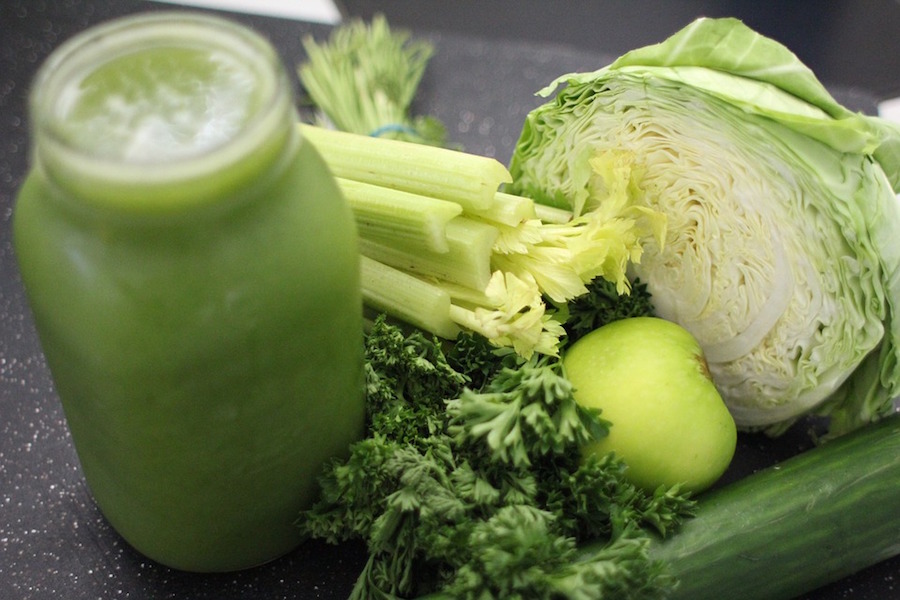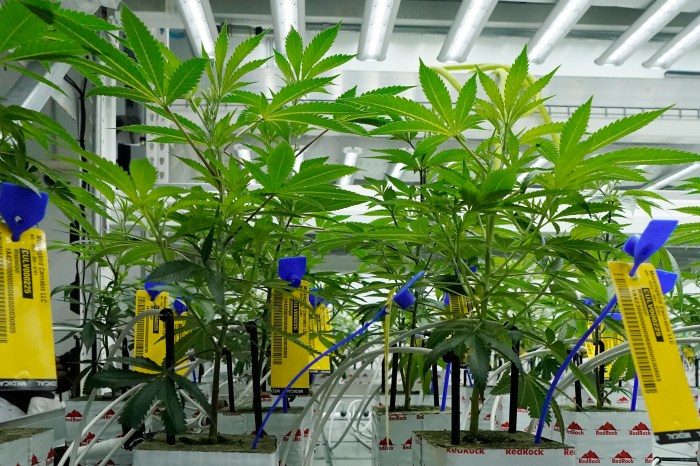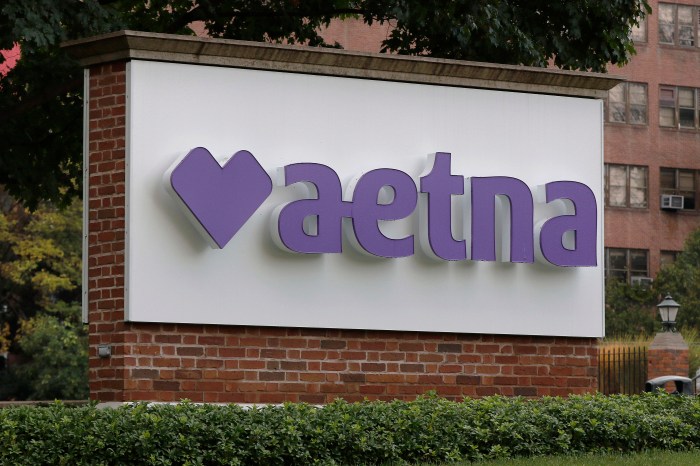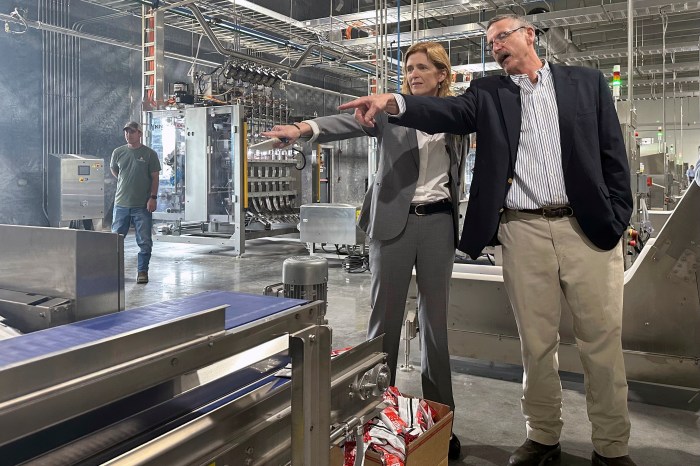An apple a day keeps the doctor away, but most of us wouldn’t know because we’re not eating them.
Only 12 percent of Americans are eating the recommended number of fruits a day, according to a new study from the U.S. Centers for Disease Control. The number of us eating enough vegetables is even worse at 9 percent.
“The study confirms years of data demonstrating that Americans do not eat their veggies,” Marion Nestle, professor of nutrition and food studies at New York University, told the Guardian. “Assuming this result is close to reality, it suggests the need for taking much stronger action to make it easier and cheaper to eat fruits and vegetables.”
CDC took data from the 2015 Behavioral Risk Factor Surveillance Systems and broke it down into different categories — like state, race and gender — and found that some subgroups of people consume even fewer of the amount of produce a day.
The study, which broke out groups of Americans by state, class, race and gender, found some subgroups were even less likely to eat enough produce. More women eat enough fruit than men: 15.1 percent to 9.2 percent of women. The same goes for wealthy vs. low income: Only 7 percent of poor people each enough veggies, while 11.4 percent of wealthy people do.
Where we live is also a factor, with 2.2 percent of people living in South Dakota eat the recommended amount of veggies. Alaskans eat the most veggies, but that number is still low at only 12 percent of all residents.
Why Americans don’t eat more fruits and vegetables
The reasons for why people aren’t getting enough healthy stuff in their diets is as diverse as U.S. in general. Some people simply don’t like eating fruits or vegetables, while others don’t have access to it. Approximately 13.5 million people live in food deserts, or areas with low access to fresh, healthy food (like fruits and vegetables), according to the U.S. Department of Agriculture.
Improving that access is difficult because of factors like cost, availability of cheaper processed foods and available farmland. Only two percent of the farmland in the U.S. is dedicated to growing vegetables and fruit — a number that would need to double in order to grow the amount needed, according to the Union of Concerned Scientists.
“The food industry is not exactly working with public health on this, there’s a multimillion-dollar industry working to get people to eat [processed foods],” the UCS’s Sarah Reinhardt told the Guardian.



















